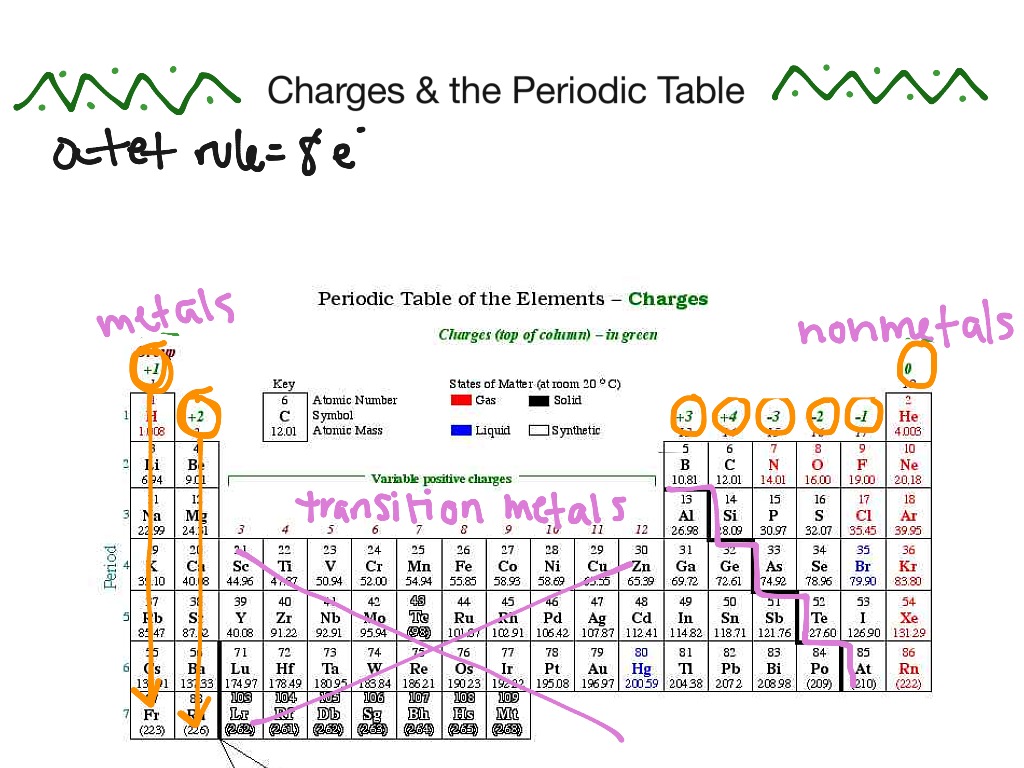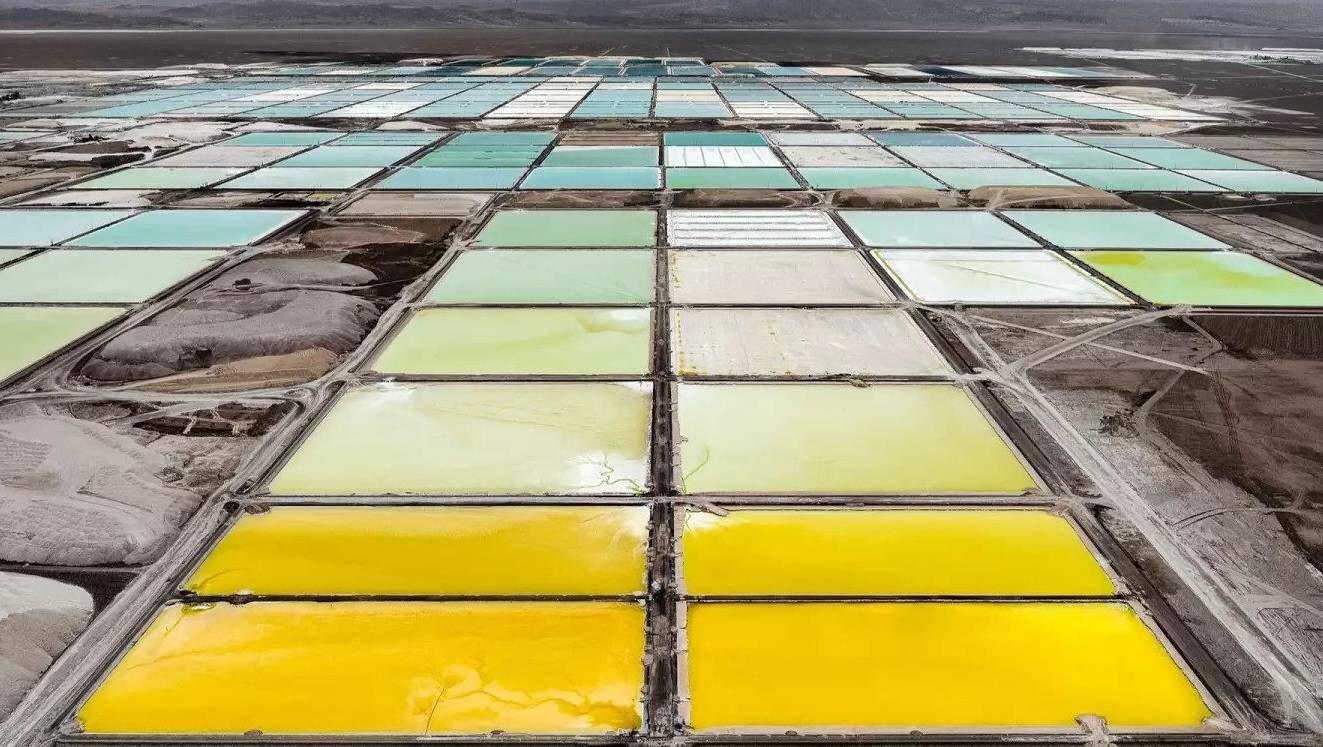With the exception of the many R&D groups right now working on any number of advances in the field. This is just a reality. I've seen it with my own eyes. I've read the articles as well. It's real.
So? How are they going to change the laws of chemistry and the periodic table?
I'm not an electrochemist so I'm going to have to ask for a reference on that claim. Not that I don't believe you, I just don't know for certain. According to Wikipedia the max voltage output of an electrochemical cell is up to 6V so that right there is 2X higher than the max you suggest.
While far from the best, it shows the idea and charges of various elements. Not all are suitable for use in a battery. So, while 6 VDC might theoretically be possible, it's highly unlikely because of the elements involved. Either by their scarcity, reactivity, or other properties you just can't use them. A great example of that is say, Fluorine. Toxic, extremely reactive--makes lithium look safe-- either a gas or liquid at usable temperatures, and just all around dangerous to handle. You aren't using that in a battery.
Hydrogen doesn't. Not only is it difficult as a fuel when in a compressed gas state but solid-state storage as in a metal hydride is pretty low. The only versions of a H2 fuel cell car is one in which the H2 is generated from things like methanol. And that's a HORRIBLE fuel. Super dangerous to fuel your car with.
The issue with hydrogen is storage. A thick steel tank looks like a screen door to hydrogen... Anhydrous ammonia is an alternative. It can be made from natural gas and it's easy to store and relatively safe to handle. If the storage problem can be solved, Hydrogen is the fuel of the future. But we could use ammonia in the meantime.
Have to disagree on this. When a windmill catches fire and burns to the ground you don't have to abandon the state. Also, mining for uranium is not necessarily an environmentally friendly thing.
Three Mile Island was a worst-case scenario for the US nuclear power industry. Nobody died. Nobody got cancer as a result of the accident. It was properly contained. At the same time, the operators made egregious mistakes over hours trying to resolve the problems. They did virtually everything wrong.
Interestingly, Bessie-Davis in Ohio, the same plant design, had the same original cause of the TMI meltdown--a stuck open relief valve on the pressurizer--occur there about a month earlier than the TMI accident. The Bessie-Davis operators recognized the problem correctly and safely shut the reactor down without further problems.
Chernobyl is irrelevant as it is a graphite moderated, fast fission reactor design used NOWHERE in the Western world because it's only marginally safe and it was being operated in an unsafe and unauthorized manner.
Fukushima (I'm leaving out a number of smaller incidents) only saw radioactive material released because it lacked a secondary containment like TMI had. That is, at TMI the reactor was inside a large, concrete containment building that was damn near bomb proof. At Fukushima, the reactors were in what amounts to big tin sheds.
Even at Fukushima, the dangers of the accident were limited almost entirely to the site and as with TMI evacuations were mostly done out of an abundance of caution.
Oh, did you know that cleaning up TMI cost way, way, less than the BP Deepwater Horizon oil platform disaster in the Caribbean?
As for uranium mining, it's mostly done in underground mines and uranium ore is only a health hazard if you stand next to it for something like months on end. It's an alpha emitter. Lithium mining (for batteries) is far, far more nasty simply by the nature of the process.
Uranium mine in Arizona
Lithium recovery after ore is mined in US
The mining itself is usually open pit with massive tailings.
Natural gas, while less CO2 output for the amount of energy generated through burning than gasoline is STILL going to generate CO2. It can't do anything else. That's how it creates the energy from the exothermic oxidation of carbon.
Natural gas is only necessary with nuclear power to run as peaking plants for intermittent use during heavy load periods. So, the relatively small amount of CO2 released is pretty much irrelevant compared to anything currently in use.




